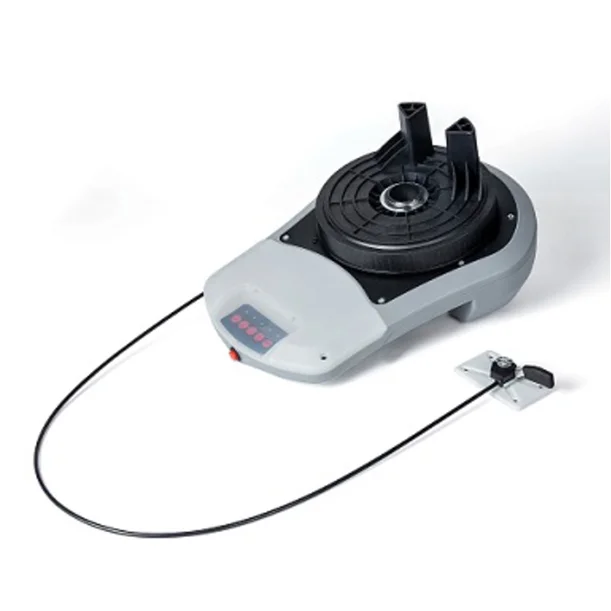In a world where fashion trends come and go at lightning speed, finding and cultivating your personal style can feel like a daunting task. However, shopping for your personal style is not just about following the latest trends; it’s about understanding who you are and how you want to express yourself through clothing. This guide will provide you with a structured approach to shopping that aligns with your unique aesthetic, ensuring that every piece you acquire enhances your wardrobe and reflects your individuality.
Understanding Your Personal Style
Before you embark on a shopping spree, it’s essential to define what your personal style is. This involves introspection and an honest assessment of your preferences. Here are some steps to help you identify your style:
- Inspiration Boards: Create a visual representation of your style by collecting images from magazines, social media, or fashion blogs. Platforms like Pinterest are excellent for this purpose. Look for recurring themes, colors, and silhouettes that resonate with you.
- Wardrobe Audit: Take a close look at your current wardrobe. Identify pieces that you love and wear frequently, as well as those that remain untouched. This will help you understand what works for you and what doesn’t.
- Lifestyle Consideration: Your personal style should align with your lifestyle. Consider your daily activities, work environment, and social engagements. For instance, if you work in a corporate setting, your style may lean towards polished and professional attire, while a creative job might allow for more eclectic choices.
Setting a Budget
Once you have a clear understanding of your personal style, it’s time to set a budget. Shopping without a financial plan can lead to impulse purchases that don’t align with your style. Here’s how to create an effective budget:
- Assess Your Finances: Determine how much you can realistically allocate to clothing each month. Consider other expenses and prioritize your wardrobe accordingly.
- Investment Pieces vs. Fast Fashion: Decide which items are worth investing in and which can be sourced from more affordable retailers. High-quality basics, such as a tailored blazer or a classic pair of jeans, are worth the investment, while trendy items can often be found at lower price points.
- Seasonal Shopping: Consider shopping during sales or off-season to maximize your budget. Retailers often offer significant discounts on last season’s items, allowing you to build your wardrobe without overspending.
Shopping Strategies
With a budget in place, it’s time to develop effective shopping strategies. Here are some tips to ensure that your shopping experience is both enjoyable and productive:
- Create a Shopping List: Based on your wardrobe audit and inspiration board, compile a list of items you need to fill gaps in your wardrobe. This will help you stay focused and avoid unnecessary purchases.
- Try Before You Buy: Whenever possible, try on clothing before making a purchase. Pay attention to fit, comfort, and how the piece makes you feel. Remember, a well-fitting garment can elevate your style significantly.
- Quality Over Quantity: Prioritize quality over quantity. It’s better to have a few well-made pieces that you love than a closet full of items that don’t resonate with your style.
- Explore Different Retailers: Don’t limit yourself to mainstream retailers. Explore thrift stores, vintage shops, and online marketplaces for unique finds that can add character to your wardrobe.
Building a Versatile Wardrobe
As you shop, focus on building a versatile wardrobe that allows for mix-and-match possibilities. Here are some key components to consider:
- Timeless Basics: Invest in high-quality basics that can be layered and styled in various ways. Think classic white shirts, tailored trousers, and versatile dresses.
- Statement Pieces: Incorporate a few statement pieces that reflect your personal style. These could be bold prints, unique textures, or eye-catching accessories that can elevate any outfit.
- Seasonal Additions: Update your wardrobe seasonally with a few trendy items that complement your existing pieces. This keeps your style fresh without compromising your core aesthetic.
Maintaining Your Personal Style
Shopping for your personal style is an ongoing journey. As you evolve, so will your style. Here are some tips for maintaining and refining your wardrobe:
- Regular Wardrobe Audits: Periodically reassess your wardrobe to ensure it still aligns with your personal style. Remove items that no longer serve you and make room for new additions.
- Stay Informed: Keep an eye on fashion trends, but filter them through your personal style lens. Not every trend will resonate with you, and that’s perfectly okay.
- Seek Feedback: Don’t hesitate to ask friends or family for their opinions on your style choices. Sometimes, an outside perspective can provide valuable insights.
Conclusion
Shopping for your personal style is a rewarding endeavor that allows you to express your individuality and creativity. By understanding your preferences, setting a budget, employing effective shopping strategies, and building a versatile wardrobe, you can curate a collection of clothing that truly reflects who you are. Remember, fashion is not just about clothing; it’s about confidence and self-expression. Embrace your unique style journey, and let your wardrobe tell your story.



More Stories
Slipcover Winter Blanket Warm: The Ultimate Home Essential for Cold Weather Living
Cozy Holiday Style: Christmas Sweatshirts for Women
2-Person Fiberglass Speed Boat: Compact Design with High Performance